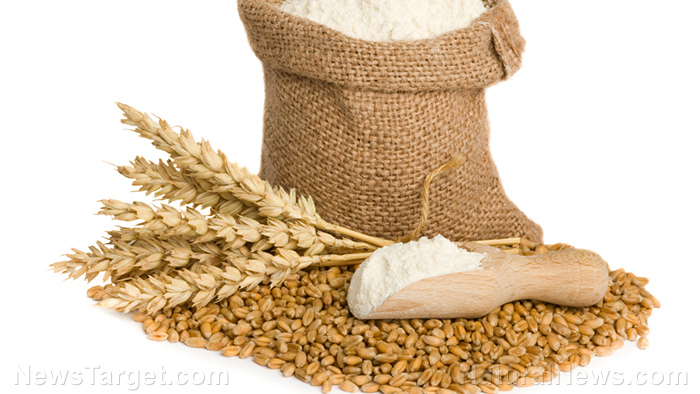 Parler
Parler Gab
Gab
Gro Intelligence predicts yield to be lower than USDA projections
Gro Intelligence predicts the U.S. corn yield to be lower than the United States Department of Agriculture's (USDA) latest national yield projections. There could be comparatively stronger yields in some eastern corn belt states like Wisconsin and Illinois, but it would not be enough to offset steeper declines in other parts of the western corn belt like Nebraska and Kansas. Overall, the forecast indicates that corn stocks in the U.S., the world's largest producer and exporter of corn, will remain at their tightest levels in nearly a decade. The hot and dry conditions have also depressed corn production in European Union countries. Moreover, the continued uncertainty around Ukraine grain exports has global corn supplies in decline for the years 2022 and 2023, contributing to food insecurity in many parts of the globe. Soil moisture levels weighted to U.S. corn growing areas also show readings at their lowest levels in over a decade, especially in the west. Limited rainfall and above-normal temperatures have also reduced the corn crop moisture profile, which put more stress on the yields. The success of the corn crops for the year will now depend on how widely yields diverge between the western corn belt compared to the rest. (Related: Despite record-breaking drought conditions, California officials are draining reservoirs.) The forecast for soybeans is not any better. Gro's Soybean Yield Forecast Model also indicates yields that will be below the latest USDA projections, with August and September weather having the greatest bearing on the results. So far, however, extended weather forecasts show the weather for August is not favorable for soybean pod set and pod fill. Visit FoodCollapse.com for more information about crop yields for the season. Watch the video below for more information about the possibility of food shortages as both the north and south hemispheres suffer from weather changes, fertilizer shortages and more. This video is from the ADAPT 2030 | Solar Minumum channel on Brighteon.com.More related stories:
Drought threatens US wheat harvest, deepening global supply challenges.
"Exceptional" drought stressing crops in American West.
Unchecked demand for water from the Colorado River system threatens livelihood of locals near Green River. Texas electricity use surpasses all-time record amid scorching heat… but the grid is holding together for now. California to cut water supply to cities and farmlands amid worsening drought. Sources include: AgWeb.com BrownfieldAgNews.com Gro-Intelligence.com Brighteon.comWH argues current recession isn’t ‘technically’ a recession, ‘it feels unique, because it is unique’
By News Editors // Share
Water in Germany’s Rhine River in critical level; waterway may soon be impassable
By Belle Carter // Share
Biden’s “zero percent inflation” only increases America’s suffering
By News Editors // Share
Devastating fire at historic Oregon flour mill causes more flour supply interruptions
By Cassie B. // Share
Governments continue to obscure COVID-19 vaccine data amid rising concerns over excess deaths
By patricklewis // Share
Tech giant Microsoft backs EXTINCTION with its support of carbon capture programs
By ramontomeydw // Share
Germany to resume arms exports to Israel despite repeated ceasefire violations
By isabelle // Share










